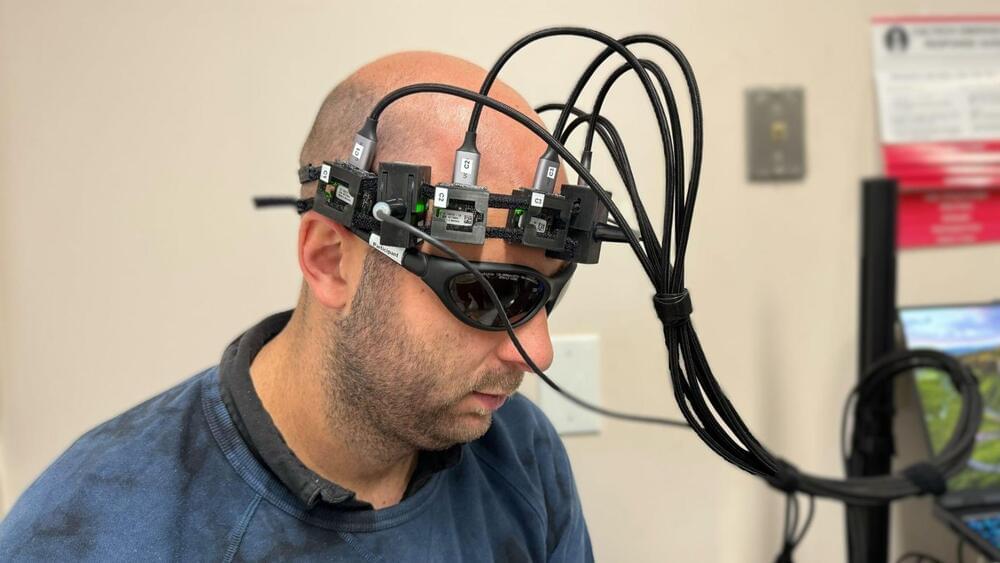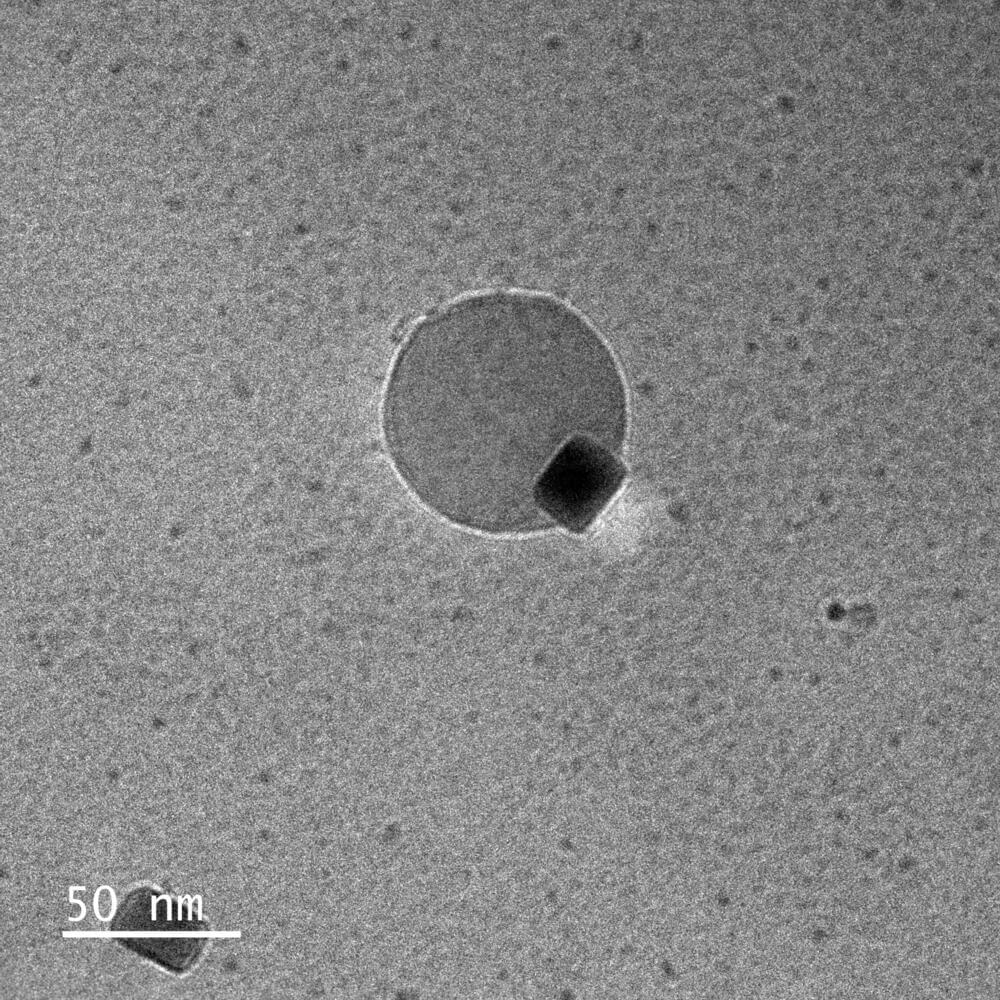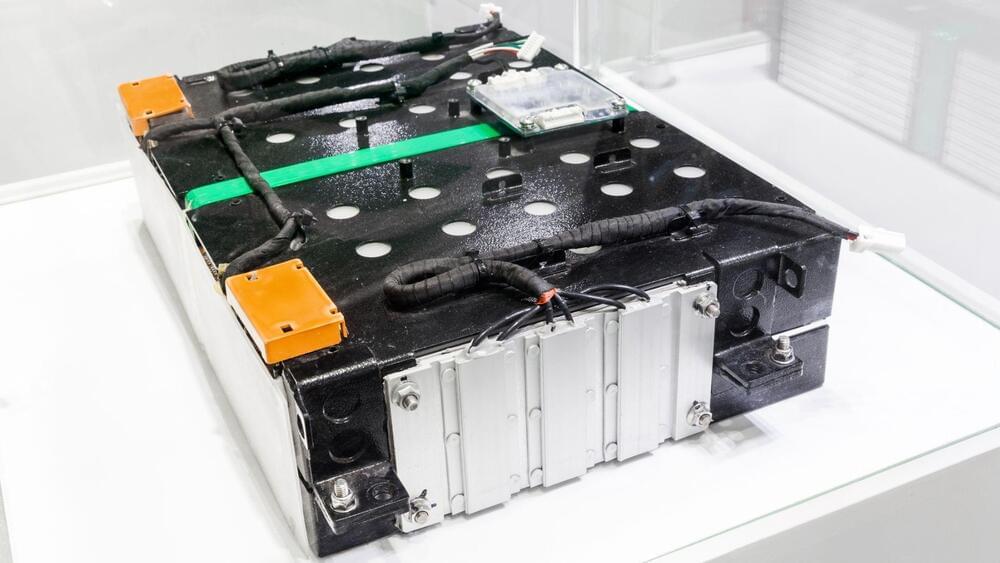New device boosts hydroponic farming for efficient, eco-friendly food production:
A new water purification device offers a cost-effective solution for hydroponic farming, supporting more sustainable food production.
New device boosts hydroponic farming for efficient, eco-friendly food production:
A new water purification device offers a cost-effective solution for hydroponic farming, supporting more sustainable food production.
Join our in-depth exploration of telomeres and their incredible potential in reversing aging! Discover the science behind telomere enhancement and how it can slow down the aging process. Featuring expert insights from Dr. Michael Roizen, this video unveils cutting-edge research that could change the way we view longevity. #AgingReversal #Telomeres #LongevityScience #DrMichaelRoizen #HealthInnovation #StemCellResearch #AntiAging #YouthfulLiving #Biotechnology #TelomerePharmaceuticals

A team of engineers and scientists from Caltech and the Keck School of Medicine at USC has created a noninvasive, headset-based device that can assess a patient’s stroke risk by monitoring blood flow and volume changes during a breath-holding test.
The device uses a laser-based system and has demonstrated promising results in distinguishing between individuals with low and high stroke risk.
“With this device, for the first time, we are going to have a way of knowing if the risk of someone having a stroke in the future is significant or not based on a physiological measurement,” says Simon Mahler, a co-lead author of the study.

The United Launch Alliance (ULA) is preparing for the second flight of its Vulcan Centaur rocket this week. The mission will see Vulcan carry an inert payload to orbit alongside some experiments and demonstrations and will complete its certification process with the U.S. Space Force (USSF).
SpaceX has delayed missions this week following an off-nominal deorbit burn of a Falcon 9 second stage following the Crew-9 mission. The stage landed in the South Pacific Ocean but outside of the defined reentry corridor. While the team investigates, the company has rescheduled Monday’s planned launch of its OneWeb mission out of Vandenberg to next week, while a Starlink mission will now fly from the Cape this week on Saturday, Oct. 5.
Another Falcon 9 is being prepared to launch the Hera mission for the European Space Agency (ESA) from Florida. With two cubesats onboard, Hera will study the results of NASA’s Double Asteroid Redirection Test (DART) asteroid deflection test, which impacted the Dimorphos asteroid two years ago. The pad at Launch Complex 39A (LC-39A) remains configured for the upcoming Europa Clipper mission, which will fly on a Falcon Heavy next week. Both of these interplanetary missions have launch windows that extend to the end of the month in case of any further delays.

“It’s a known phenomenon, but it was never fully understood,” said Yukun Liu, the study’s first author and a Ph.D. candidate in Dravid’s laboratory. “Because you really need to be able to combine the direct visualization of water generation and the structure analysis at the atomic scale in order to figure out what’s happening with the reaction and how to optimize it.”
But viewing the process with atomic precision was simply impossible—until nine months ago. In January 2024, Dravid’s team unveiled a novel method to analyze gas molecules in real time. Dravid and his team developed an ultra-thin glassy membrane that holds gas molecules within honeycomb-shaped nanoreactors, so they can be viewed within high-vacuum transmission electron microscopes.
With the new technique, previously published in Science Advances, researchers can examine samples in atmospheric pressure gas at a resolution of just 0.102 nanometers, compared to a 0.236-nanometer resolution using other state-of-the-art tools. The technique also enabled, for the first time, concurrent spectral and reciprocal information analysis.

In 2020, the team reported evidence of this rare form of decay being detected by the experiment. Now, after far more collisions, including higher-energy collisions, the team reports a 5-sigma detection, meaning there is a 0.00006 percent chance that the detection is a statistical fluke.
“With this measurement, K+ → π+νṽ becomes the rarest decay established at discovery level – the famous 5 sigma,” Cristina Lazzeroni, Professor in Particle Physics at the University of Birmingham, said in a statement. “This difficult analysis is the result of excellent teamwork, and I am extremely proud of this new result.”
While the decay is rare, as predicted by the Standard Model, it is around 50 percent higher than expected, occurring about 13 times in 100 billion. It is unclear what causes this discrepancy between the Standard Model’s predictions and the results observed, with possible explanations including new particles or new physics, both of which are pretty exciting.

The Parker Solar Probe is about to undergo its seventh encounter with Venus on its journey towards the Sun. Here’s how fast it’ll go.